I used to work in a department where any good idea could be squashed in a meeting by someone asking, “But is it sustainable?” It was like an anvil landing on your proposal. You can almost always argue that something new and untested can’t be sustained in light of all the work already being done. Yet it’s not necessarily clear what is meant by the term.
What exactly is it that we want to sustain with open ed? Back in 2007, in On the Sustainability of Open Educational Resource Initiatives in Higher Education, David Wiley wrote that “Sustainability will be defined as an open educational resource project’s ongoing ability to meet its goals.” Goals can vary a great deal from one college to the next. Achieving a certain student savings amount per year; getting from 0 to 1 OER adoptions; or eliminating reliance on grant funding – these are all valid goals for different environments. Sustainability looks different among institutions and over time as goals evolve.
I like Wiley’s definition of sustainability because it’s agnostic as to what the goals are. But I worry about initiatives being labeled “sustainable” or “unsustainable” with a one-size-fits-all meaning, divorced from the context of specific goals. In this usage, the term “sustainability” suggests that an initiative will pay for itself, close the loop, generate a return on investment – pick your economic cliche here. I’m not certain that this is an appropriate yardstick for OER initiatives.
You can read more about examples of economic models for OER at How to Pay for Open.
The problem with closing the loop
In Fixing the Broken Textbook Market: How students respond to high textbook costs and demand alternatives, a 2014 Student PIRGs report, Ethan Senak explains why the traditional textbook publishing model is particularly bad for students:
In a typical market, there is a direct relationship between consumer and provider. The consumer exercises control over prices by choosing to purchase products that are a good value, and the competition forces producers to lower costs and meet demand. In the textbook industry, no such system of checks and balances exist. The professor chooses the book, but the student is forced to pay the price.
Nicole Allen illustrated the problem with a few succinct diagrams in the 2010 presentation Make Textbooks Affordable Campaign Update (shared with a CC-BY license):
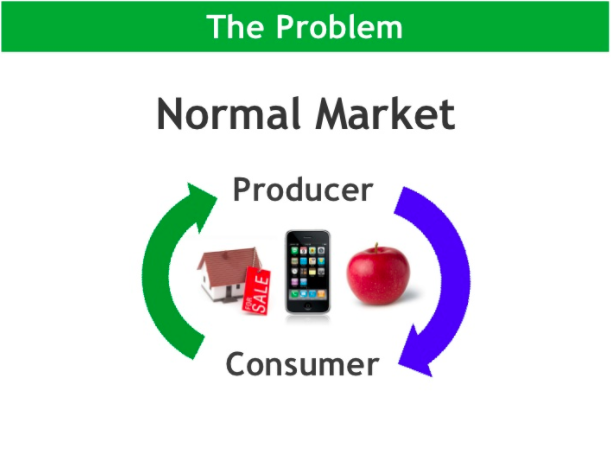 |
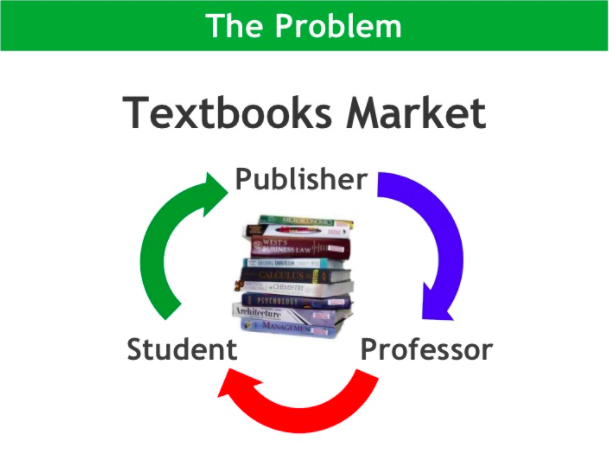 |
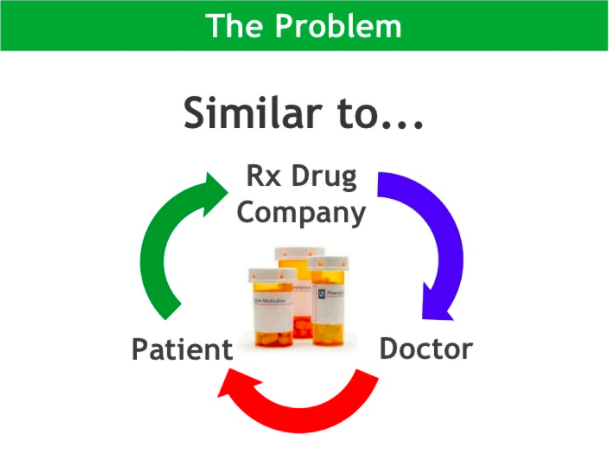 |
Using public funding to fix this flawed model creates another indirect relationship – this time, between the funder and the beneficiary. Taxpayer money goes into the effort to reduce textbook costs through state grants or college funding; faculty and staff put in a tremendous amount of effort to redesign courses around existing open materials or create new ones; and students see the financial benefit in no-cost or low-cost course materials. Though student savings generated through public funding of OER is often described as the ROI (return on investment), the savings don’t actually return to the funder – they are spent on food, housing, transportation, childcare, and so on.
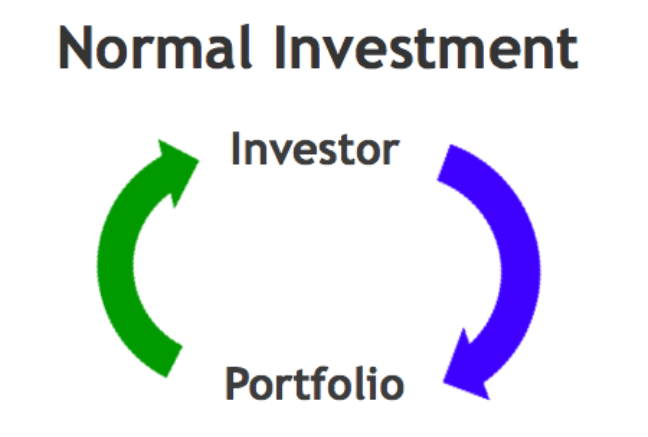 |
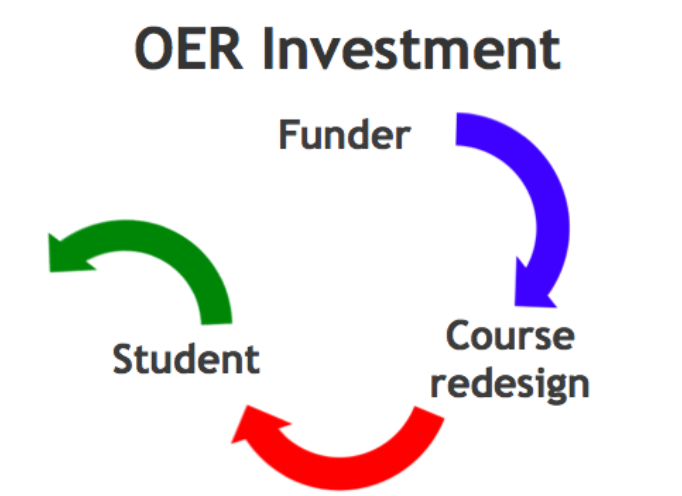 |
No wonder OER work doesn’t seem “sustainable” – the benefits don’t stay in the loop.
Possible returns to the investor
David Wiley, with coauthors Linda Williams, Daniel DeMarte, and John Hilton, shows that it may be possible for OER to offer returns to the investor by bringing additional revenue to the college. In the 2016 article The Tidewater Z-Degree and the INTRO Model for Sustaining OER Adoption, they describe the INTRO model (“INcreased Tuition Revenue through OER”). Data from Tidewater Community College shows that students in OER courses dropped at a significantly lower rate than in non-OER sections of the same courses. Student enrollment and retention increased as a result of OER adoption, which resulted in new revenue specifically attributable to OER adoption that is sufficient to cover the costs of supporting OER work for faculty and staff.
A followup paper by John Hilton, Lane Fischer, David Wiley, and Linda Williams, Maintaining Momentum Toward Graduation: OER and the Course Throughput Rate, looks more broadly at course throughput rate at Tidewater. Course throughput rate aggregates rates at which students stay in the course past the drop date, do not withdraw later in the term, and finish the term with a grade above a C. Hilton et al find that students are more likely to succeed in OER courses, which may increase revenue because colleges will refund less tuition for dropped courses as a result.
ROI depends upon student success
Wiley et al point out that the Tidewater model relies upon improved student success for its increased revenues:
For the INTRO model to succeed in sustaining OER adoption services over time, OER-based courses must produce consistently lower drop rates than their historical, non-OER counterparts. As we have seen above, there are ways of using OER that do not result in decreases in drop rates. If OER were used in these less effective ways at scale, an institution might end up bearing all the costs of providing OER adoption services without seeing any of the benefits. Consequently, institutions should search for ways to insure that OER adoption produces consistent improvements in student learning outcomes.
It stands to reason that a one-to-one swap of an expensive copyrighted textbook with an open textbook might not improve student outcomes much, or at all. And if student learning outcomes don’t improve, both parties stand to lose: the institution loses the opportunity for increased revenue, and the student has to pay tuition to take the course again. However, if, at the same time as faculty change their course materials, they review learning objectives, revise assessments, ensure that the course is fully accessible – in other words, if they do a thoughtful and thorough course redesign – students will be more likely to improve their outcomes.
It starts to seem that we don’t need dedicated OER programs per se. Instead, we should pay for good course redesign, and a growing body of evidence shows that good design includes the use of open content because it lowers student costs, is fully customizable, and encourages innovative pedagogy.
Taking a step back, this raises questions about where financial considerations meet educational mission. Is the purpose here to close the loop through ROI, or in the words of my former Portland State University colleague Bob Schroeder, is this “bigger than the loop”? Every college in Oregon has student success in its mission statement, along with access, which is why OER aligns so well with institutional priorities. If an initiative meets institutional and programmatic goals, we don’t usually expect it to also be self-supporting – it is part of what we already do.
Conclusion
It makes sense that program managers worry about finding funding to pay for this good work, because open ed offers an exciting way to realize our existing, longstanding goals. The reality is that educators operate in a world of scarcity and declining support (described for example in Funding Down, Tuition Up: State Cuts to Higher Education Threaten Quality and Affordability at Public Colleges). Revenue from increased student retention is part of the answer because faculty need to be supported for their course redesign work.
As Wiley’s definition of sustainability suggests, we can broaden the scope of the goals we decide are worthwhile. Proving that OER meets a narrow definition of sustainability by paying for itself directs the conversation away from the more important issue of student success, which is why we all come to work in the morning. Tangible “returns” are just one facet of this work.
Does your institution have a sustainable OER program, and if so, how is sustainability defined? Do you have ideas to contribute? Comments are open – please weigh in!
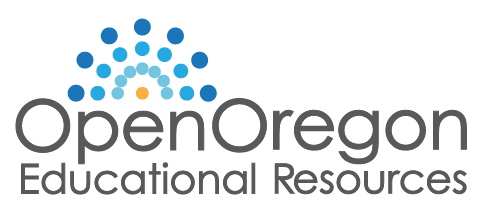
Pingback: How to Pay for Open – openoregon.org
Pingback: The Future of Learning Materials – openoregon.org